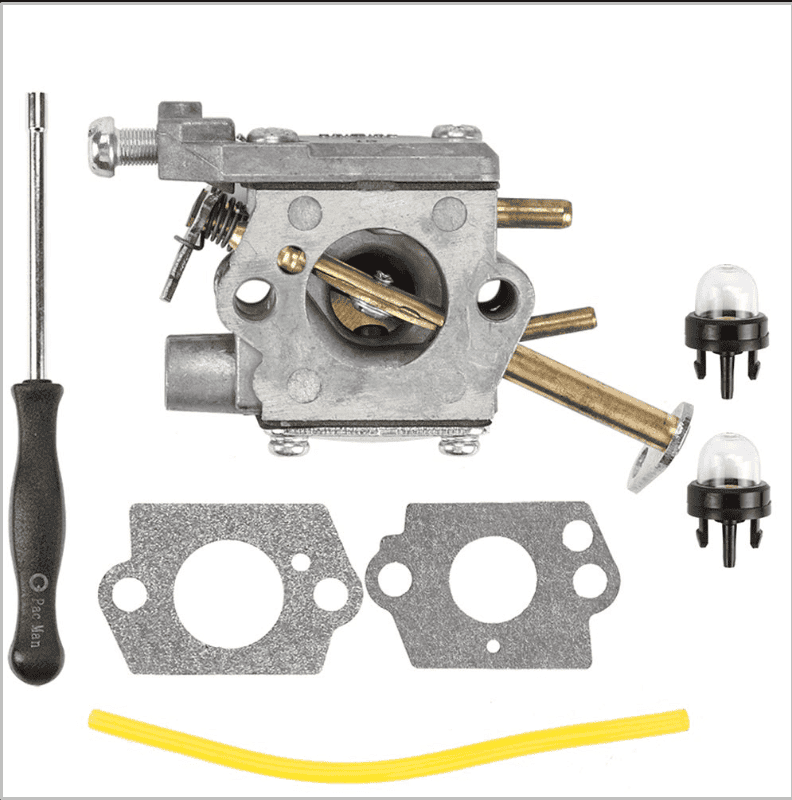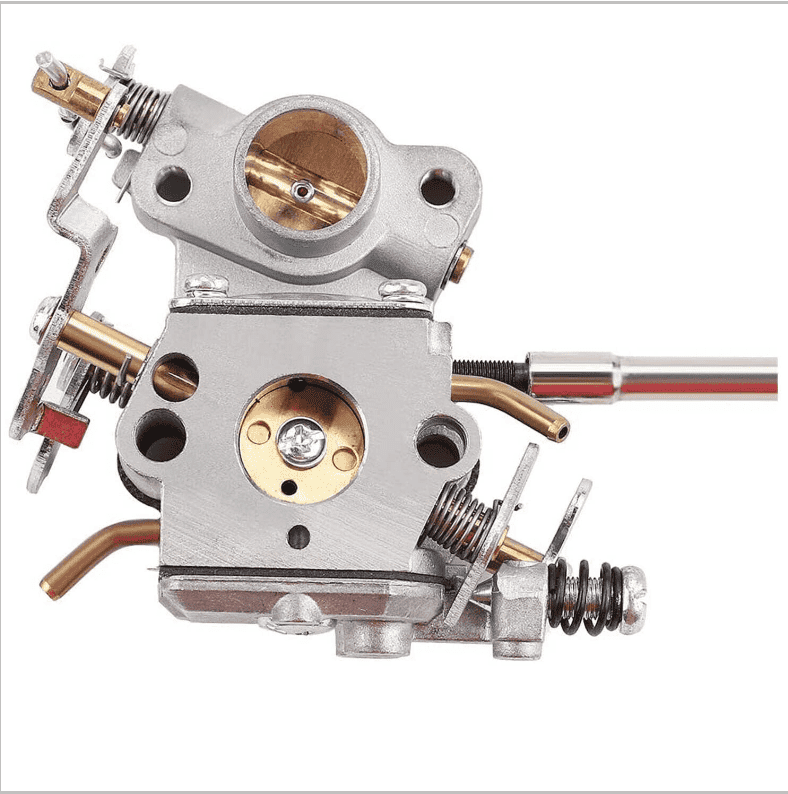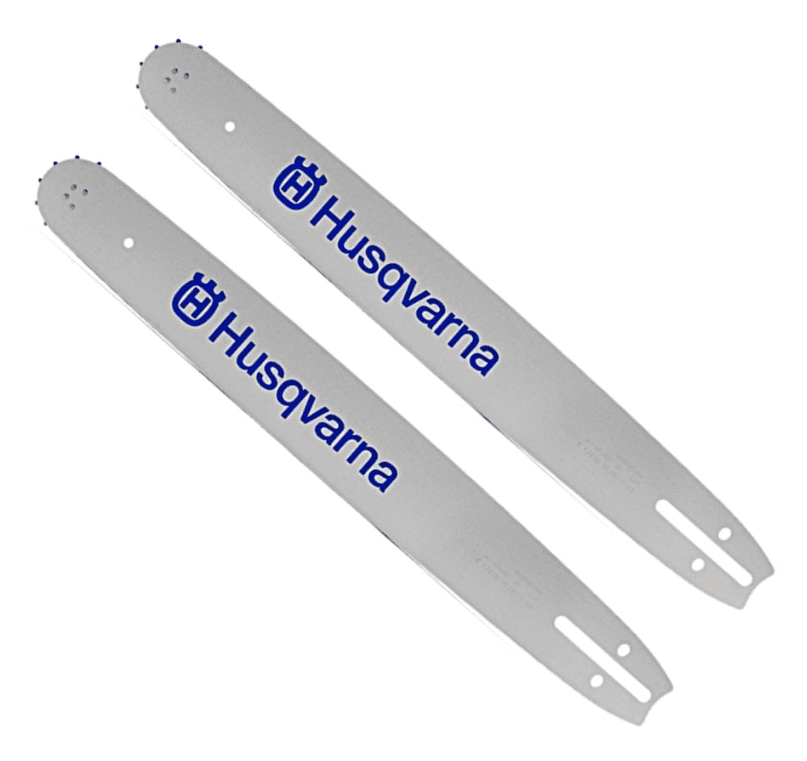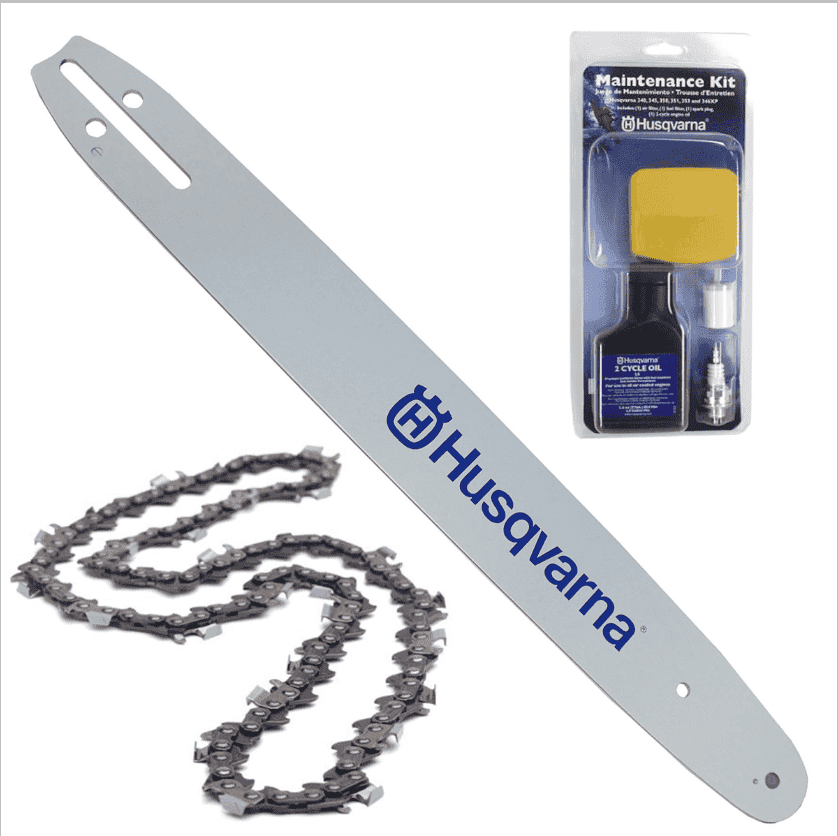Chainsaw carburetor adjustment is crucial for optimal engine performance and longevity. A properly adjusted carburetor ensures the correct fuel-to-air ratio, resulting in smooth operation, reduced emissions, and extended engine life. To facilitate this adjustment, a Chainsaw Carb Adjustment Tool is an indispensable tool.
Understanding the Chainsaw Carburetor
The carburetor is a vital component of the chainsaw engine, responsible for mixing fuel and air in the correct proportions. It consists of several adjustable components, including the idle speed screw, low-speed mixture screw, and high-speed mixture screw.
Chainsaw Carb Adjustment Tool
A Chainsaw Carb Adjustment Tool is a specialized tool designed to make carburetor adjustments precise and efficient. It typically features a long, thin shaft with a small screwdriver-like tip. The tip is inserted into the adjustment screws on the carburetor, allowing for fine-tuning of the fuel-to-air ratio.
Carb Adjustment Procedure
Before adjusting the carburetor, ensure the chainsaw is on a level surface and the engine is cold. Use the following steps as a general guideline:
- Idle Speed Adjustment: Start the chainsaw and let it idle. Adjust the idle speed screw until the chain stops moving.
- Low-Speed Mixture Adjustment: Turn the low-speed mixture screw clockwise until the engine runs smoothly at low speeds.
- High-Speed Mixture Adjustment: Accelerate the chainsaw to full throttle. Adjust the high-speed mixture screw until the engine runs smoothly without bogging down.
Husqvarna Chainsaw Carb Adjustment Tool
Husqvarna chainsaws often require a specific carb adjustment tool. This tool is designed to fit the unique adjustment screws on Husqvarna carburetors. It is essential to use the correct tool to avoid damaging the carburetor.
Tips for Carb Adjustment
- Make small adjustments at a time and test the chainsaw’s performance after each adjustment.
- Use a tachometer to measure the engine speed and ensure it is within the manufacturer’s specifications.
- If you encounter difficulties, consult the chainsaw’s owner’s manual or seek professional assistance.
Conclusion
A Chainsaw Carb Adjustment Tool is an essential tool for maintaining optimal chainsaw performance. By understanding the carburetor and using the correct adjustment tool, you can ensure your chainsaw runs smoothly, efficiently, and lasts for years to come. Remember to follow the adjustment procedure carefully and make small adjustments until the desired results are achieved.

Mastering Chainsaw Carb Adjustment for Optimal Performance
Chainsaw Carb Adjustment is a crucial aspect of maintaining optimal performance and ensuring the longevity of your chainsaw. A properly adjusted carburetor ensures the correct fuel-to-air ratio, resulting in efficient combustion, reduced emissions, and improved engine life.
To begin, gather the necessary tools, including a Chainsaw Carb Adjustment Tool, a screwdriver, and a tachometer. Locate the carburetor on your chainsaw, typically near the engine. It consists of three main screws: the idle screw, the low-speed screw, and the high-speed screw.
Start by adjusting the idle screw. Turn it clockwise to increase the idle speed and counterclockwise to decrease it. The ideal idle speed is around 2,500-3,000 RPM. Next, adjust the low-speed screw. Turn it clockwise to lean out the mixture and counterclockwise to richen it. The correct setting will provide a smooth transition from idle to full throttle.
For the high-speed screw, adjust it clockwise to lean out the mixture and counterclockwise to richen it. The optimal setting will allow the engine to reach its maximum RPM without bogging down. Use a tachometer to measure the RPM and adjust accordingly. Chainsaw Sharpener Harbor Freight Review: Is It Worth Buying?
Once the carburetor is adjusted, test the chainsaw under load. Cut through a piece of wood and observe the engine’s performance. If the engine bogs down or stalls, the mixture is too rich. If the engine overheats or runs too lean, the mixture is too lean. Make fine adjustments to the screws until the chainsaw runs smoothly and efficiently.
For Husqvarna chainsaws, a specialized carb adjustment tool is available. This tool simplifies the process by providing precise adjustments and ensuring optimal performance. It’s recommended to consult your chainsaw’s user manual for specific adjustment instructions and safety precautions.
Regular carb adjustment is essential for maintaining the health of your chainsaw. By following these steps and using the appropriate tools, you can ensure that your chainsaw operates at its peak performance, delivering reliable and efficient cutting power.

Carb Adjustment Chainsaw: Step-by-Step Instructions for Beginners
Chainsaw carburetor adjustment is crucial for optimal performance and longevity. A properly adjusted carburetor ensures a balanced fuel-air mixture, resulting in smooth operation, reduced emissions, and extended engine life. Here’s a step-by-step guide to help you adjust your chainsaw carburetor like a pro:
Step 1: Safety First
Before you begin, ensure your chainsaw is turned off and cooled down. Wear appropriate safety gear, including gloves and eye protection.
Step 2: Locate the Carburetor
The carburetor is typically located on the side of the engine. It has three adjustment screws: the idle screw, the low-speed screw, and the high-speed screw.
Step 3: Start the Chainsaw
Start the chainsaw and let it run for a few minutes to warm up. This will help stabilize the engine and make adjustments easier.
Step 4: Adjust the Idle Screw
The idle screw controls the engine speed when the throttle is not engaged. Turn the screw clockwise to increase the idle speed and counterclockwise to decrease it. Adjust until the chain stops moving when the throttle is released.
Step 5: Adjust the Low-Speed Screw
The low-speed screw regulates the fuel-air mixture at low throttle settings. Turn the screw clockwise to lean out the mixture (reduce fuel) and counterclockwise to enrich it (increase fuel). Adjust until the engine runs smoothly and accelerates without hesitation.
Step 6: Adjust the High-Speed Screw
The high-speed screw controls the fuel-air mixture at high throttle settings. Turn the screw clockwise to lean out the mixture and counterclockwise to enrich it. Adjust until the engine reaches maximum power without bogging down or overheating.
Step 7: Fine-Tune the Adjustments
Once the initial adjustments are made, fine-tune them by making small adjustments to each screw. Run the chainsaw under load (e.g., cutting wood) and observe its performance. Adjust the screws as needed to achieve optimal power, fuel efficiency, and emissions.
Step 8: Check the Spark Plug
After adjusting the carburetor, check the spark plug. A black or fouled spark plug indicates a rich mixture, while a white or burned spark plug indicates a lean mixture. Adjust the carburetor accordingly.
Tips:
- Use a carburetor adjustment tool for precise adjustments.
- Refer to your chainsaw’s owner’s manual for specific adjustment recommendations.
- If you encounter any difficulties, consult a qualified mechanic.
- Regular carburetor adjustments are essential for maintaining optimal chainsaw performance.Carb Adjustment On Chainsaw: Troubleshooting and Maintenance TipsChainsaw Carb Adjustment: A Comprehensive Guide
Maintaining a properly adjusted carburetor is crucial for the optimal performance of your chainsaw. A misadjusted carb can lead to a range of issues, including poor starting, inconsistent idling, and reduced power. To ensure your chainsaw runs smoothly and efficiently, it’s essential to understand the basics of carb adjustment.
Troubleshooting Carb Issues
Before adjusting the carburetor, it’s important to identify the symptoms of a misadjusted carb. Common signs include:
- Difficulty starting or stalling
- Rough idling or surging
- Loss of power or bogging down
- Excessive fuel consumption
Carb Adjustment Tools
Most chainsaws require a specific adjustment tool to make precise adjustments to the carburetor. These tools typically consist of a small screwdriver or hex key. Refer to your chainsaw’s user manual for the correct tool and adjustment procedure.
Husqvarna Chainsaw Carb Adjustment Tool
Husqvarna chainsaws often use a specialized adjustment tool known as the “Husqvarna Carb Adjustment Tool.” This tool is designed to fit the unique adjustment screws on Husqvarna carburetors. It allows for precise and easy adjustments.
Carb Adjustment Procedure
The carb adjustment procedure varies slightly depending on the chainsaw model. However, the general steps are as follows:
- Locate the carburetor: The carburetor is typically located on the side of the engine.
- Identify the adjustment screws: There are usually two adjustment screws on the carburetor: the “L” screw (low speed) and the “H” screw (high speed).
- Start the chainsaw: Allow the engine to warm up for a few minutes.
- Adjust the “L” screw: Turn the “L” screw clockwise to increase the idle speed or counterclockwise to decrease it. Adjust until the engine idles smoothly.
- Adjust the “H” screw: Turn the “H” screw clockwise to increase the high-speed performance or counterclockwise to decrease it. Adjust until the engine runs smoothly at full throttle.
Tips for Carb Adjustment
- Make small adjustments at a time and test the chainsaw after each adjustment.
- Use a tachometer to measure the engine speed and ensure it’s within the recommended range.
- If you’re unsure about the correct adjustment, consult your chainsaw’s user manual or seek professional assistance.
- Regular carb adjustment is essential for maintaining optimal chainsaw performance and extending its lifespan.Husqvarna Chainsaw Carb Adjustment Tool: User Guide and TroubleshootingChainsaw Carb Adjustment Tool: User Guide and Troubleshooting
Adjusting the carburetor on your chainsaw is crucial for optimal performance and longevity. The Chainsaw Carb Adjustment Tool is an essential tool for this task, enabling you to fine-tune the air-fuel mixture for your specific chainsaw model.
User Guide
- Locate the Carburetor: Identify the carburetor on your chainsaw, typically located near the engine. It has three adjustment screws: Low-speed (L), High-speed (H), and Idle (T).
- Warm Up the Engine: Run the chainsaw for a few minutes to warm up the engine. This will ensure accurate adjustments.
- Adjust the Low-Speed Screw (L): Turn the L screw clockwise to lean out the mixture (reduce fuel) or counterclockwise to richen it (increase fuel). Adjust until the engine runs smoothly at low speeds without bogging down.
- Adjust the High-Speed Screw (H): Turn the H screw clockwise to lean out the mixture or counterclockwise to richen it. Adjust until the engine reaches maximum power without overheating or seizing.
- Adjust the Idle Screw (T): Turn the T screw clockwise to increase idle speed or counterclockwise to decrease it. Adjust until the engine idles smoothly without stalling.
Troubleshooting
- Engine Bogs Down at Low Speeds: Lean out the mixture by turning the L screw clockwise.
- Engine Overheats or Seizes at High Speeds: Richen the mixture by turning the H screw counterclockwise.
- Engine Stalls at Idle: Increase idle speed by turning the T screw clockwise.
- Engine Runs Erratically: Check for air leaks or fuel restrictions. Clean the carburetor and fuel lines if necessary.
Husqvarna Chainsaw Carb Adjustment Tool
Husqvarna chainsaws come with a dedicated Carb Adjustment Tool that simplifies the process. The tool has a built-in tachometer to measure engine speed, ensuring precise adjustments.
Tips
- Use a clean screwdriver or the Husqvarna Carb Adjustment Tool to avoid damaging the screws.
- Make small adjustments at a time and test the chainsaw after each adjustment.
- Refer to your chainsaw’s owner’s manual for specific adjustment recommendations.
- If you encounter persistent problems, consult a qualified mechanic.
By following these steps and using the Chainsaw Carb Adjustment Tool, you can ensure that your chainsaw runs at its peak performance, delivering reliable and efficient cutting power.
Q&A
What is a Chainsaw Carb Adjustment Tool?
A specialized tool used to adjust the carburetor on a chainsaw.
What is Chainsaw Carb Adjustment?
The process of fine-tuning the carburetor to optimize engine performance and fuel efficiency.
What is Carb Adjustment Chainsaw?
A chainsaw that requires carburetor adjustment to ensure proper operation.
How to Perform Carb Adjustment On Chainsaw?
Refer to the manufacturer’s instructions or consult a qualified mechanic.
What is a Husqvarna Chainsaw Carb Adjustment Tool?
A specific tool designed for adjusting the carburetor on Husqvarna chainsaws.





